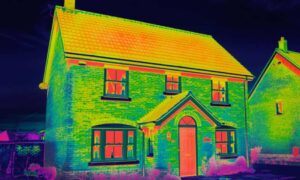
Most UK homes have one, and they are supposed to provide a vital insight into how energy-efficient a property is. But can energy performance certificates (EPCs) actually be relied on?
Calls are growing for a thorough overhaul of the regime amid claims that the information in many may be inaccurate and misleading.
An EPC outlines the energy performance of a property, from A (best) to G (worst), and recommends improvements that could be made.
With many people worried about energy bills and others keen to make their home more energy-efficient for the sake of the planet, they arguably have an important part to play.
But Rocio Concha, director of policy and advocacy at consumer body Which?, told the Observer: “Current EPCs are in desperate need of reform as, too often, the information and advice they contain is inaccurate, difficult to understand or unhelpful.”
Which? says one factor that can contribute to the “lack of accuracy” is that they are valid for 10 years, “regardless of any changes that have been made to the property”. It says this should be cut to five years.
The Observer looked at certificates for homes now on the market, or recently sold, and found some of the EPCs were nine years old. Some appeared to give outdated or incorrect information about the cost of improvements that could be made.
Virtually all homes sold, rented or built since 2008 have to have an EPC. They are designed to show prospective buyers or tenants the energy efficiency of a property.
An assessor will take measurements and look at the construction and insulation, the heating system and lighting. This is all fed into software that generates a rating for the cost of heating, carbon emissions and so on. Suggestions for improvements can range from small, relatively inexpensive changes, such as fitting low-energy lighting and draught-proofing, to major projects such as installing solar panels or a wind turbine.
